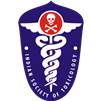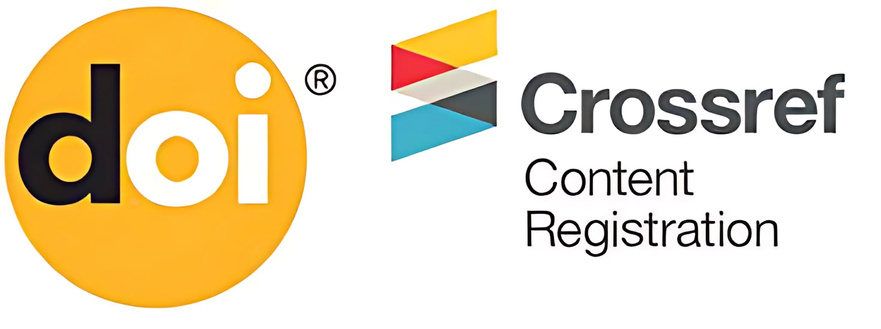Pharmacovigilance in Developing Nations: Are We Doing Enough?
Keywords:
Pharmacovigilance; Adverse event reporting; Adverse drug reaction; Signal detectionAbstract
'The developed world recognized the need of an effective and efficient pharmacovigilance system after the thalidomide disaster of 1961. Once the Uppsala Monitoring Centre (UMC) was established in Uppsala, Sweden, most of the countries in Europe and the American continents became sensitive to the need of bringing all adverse effects of drugs to light. Consequently, these countries started contributing actively to the international database of adverse drug reactions.
Ironically, the developing nations of Asia and Africa, which need this system the most, have lagged far behind the developed nations in adverse event reporting, with vast ramifications. India, which joined the UMC as early as 1998, has a very insignificant contribution to this database. Less than 27% of lower middle income and low income economies have national pharmacovigilance systems registered with the WHO programme, compared with 96% of the high income countries in the Organization for Economic Co-operation and Development. Lack of an established pharmacovigilance network with a clear cut charter of duties for all concerned, lack of stringent regulatory compulsions, lack of the appropriate concern for pharmacovigilance in healthcare professionals, lack of time at all levels due to excessive patient load in all busy hospitals, lack of awareness in the general population regarding medicine and medical rights in general and adverse drug reaction (ADR) reporting in particular, are a few factors which have contributed to this unsatisfactory state of affairs.
Thus it is imperative that developing nations such as India, which are now becoming a hub of global clinical research, strictly enforce a stringent policy of pharmacovigilance and solicit active intervention of all healthcare professionals, as well as the general population, to ensure that disasters like thalidomide are restricted to the pages of pharmaceutical history.



